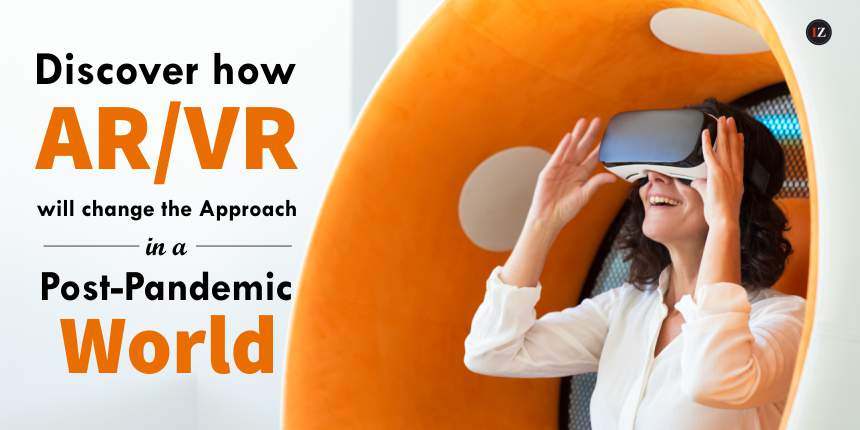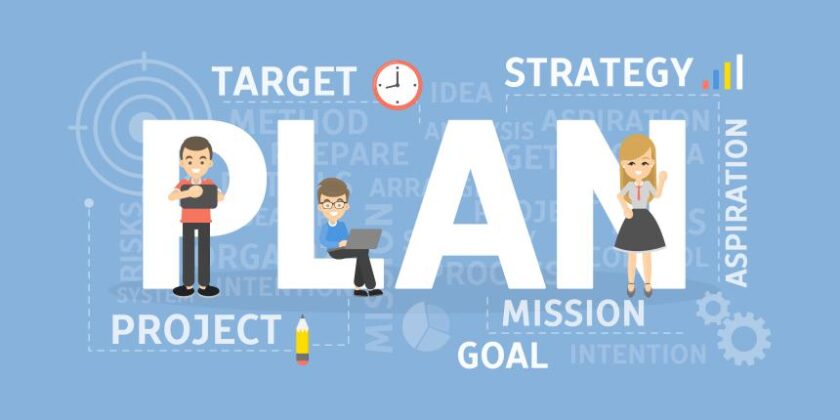Post-COVID: What Will The Future Hold?
Since, few people thought that we’d be living in a pandemic-stricken world for very long. As the virus continues to surge in the United States, however, we’re settling into the reality that this crisis will continue to loom large throughout 2020 and probably into 2021. Because of this, people are starting to get creative with how they work, play, and socialize while minimizing contact. Video chat has become a staple for team meetings and drinks with friends, and we’re all learning to live our lives virtually. That shift could mean big things for the VR (Virtual Reality) and AR (Augmented Reality) industries in the years to come. Right now, the market is crying out for more fulfilling virtual experiences.
Challenges That Lie Ahead
But with the expansion of VR and AR could come a host of new opportunities for abuse according to legal experts: privacy and data concerns chief among them but tort and even harassment cases possible. As happened after the internet and email, laws for new technology need time to catch up. And company’s need time to figure out best practices. Some matters may easily be regulated by current laws while others will need precedents.
A Virtual World Possibilities
The mass adoption of VR in modern society has opened up a whole world of possibilities, especially in the medical sector. With research happening in pain management, mental health and rehabilitation, just to name a few. It’s clear that VR has a firm place in our future, and this altruistic use is looking particularly bright.
With this influx of experimentation of VR for pain management, a surgence of programs has been developed specifically for this use. These tend to involve more tranquil environments. Research proves that whilst violent games are by all means distracting; playing them causes the patient’s blood pressure to rise from the excitement, increasing the risk of uncontrolled bleeding. Whereas a peaceful environment makes the patient feel calmer, whilst also capturing their attention.
VR is revolutionizing healthcare and it’s not even begun to reveal its full capabilities yet. While much of the research mentioned above is still in its infancy, you can expect to see an increasing use of VR within different areas of the healthcare sector. VR has the capability to improve the accuracy and efficiency of procedures, save money, and provide more aid to those who need it. Even now, it’s branching out into other areas, like training surgeons for the use of robotics in surgery.
Impact Of AR/VR Could Be Vast
Enterprise AR and VR could become extremely valuable in a wide range of contexts. Many people have heard about VR being used in professional sports to train players without risking injury during practices, but there are many more potential uses in a wide variety of professional fields and industries. The impact of AR and VR could be expansive, improving safety and efficiency in workplaces all over the world.
Construction, for instance, which is an industry that is plagued by inefficiencies and safety issues, could really benefit from AR and VR applications. Some of the opportunities for improving construction using VR and AR include enhanced training, virtual tours, tools for planning and execution, and spotting design issues.
Medical schools use AR technology to have students practice surgical techniques and doctors use augmented reality to help patients understand medical procedures. The military may use augmented reality to provide a transparent display in a pilot’s view. The display would include information about altitude, airspeed and horizon. The “head-mounted” display is used by soldiers on the ground to provide information about an enemy’s approach before the target is in view.
The mobile device has also allowed users to embrace augmented reality in the tourism industry. A smartphone with a camera gives tourists the ability to walk through historic sites and see facts and figures presented as an overlay on their live screen. These applications use GPS and image recognition technology to look up data from an online database.
Augmented reality in the coverage of sports, entertainment and weather in television is now expected as part of the broadcast. “See-through” graphics which show the lines in football, the position of swimmers in the pool or the position of the tennis ball on the court have provided enhanced viewing for the audience. Using real-life images combined with 3-D graphics and a virtual map have produced in-depth meteorological content which is among the first uses of AR on traditional television broadcasts.
While data visualization and analytics is certainly a powerful use for immersive technology and one that is critical to businesses across a great many industries, there are many other use cases for AR and VR, such as healthcare, education, and entertainment. All of these areas benefit from immersive technology applied to their immediate workflows.




